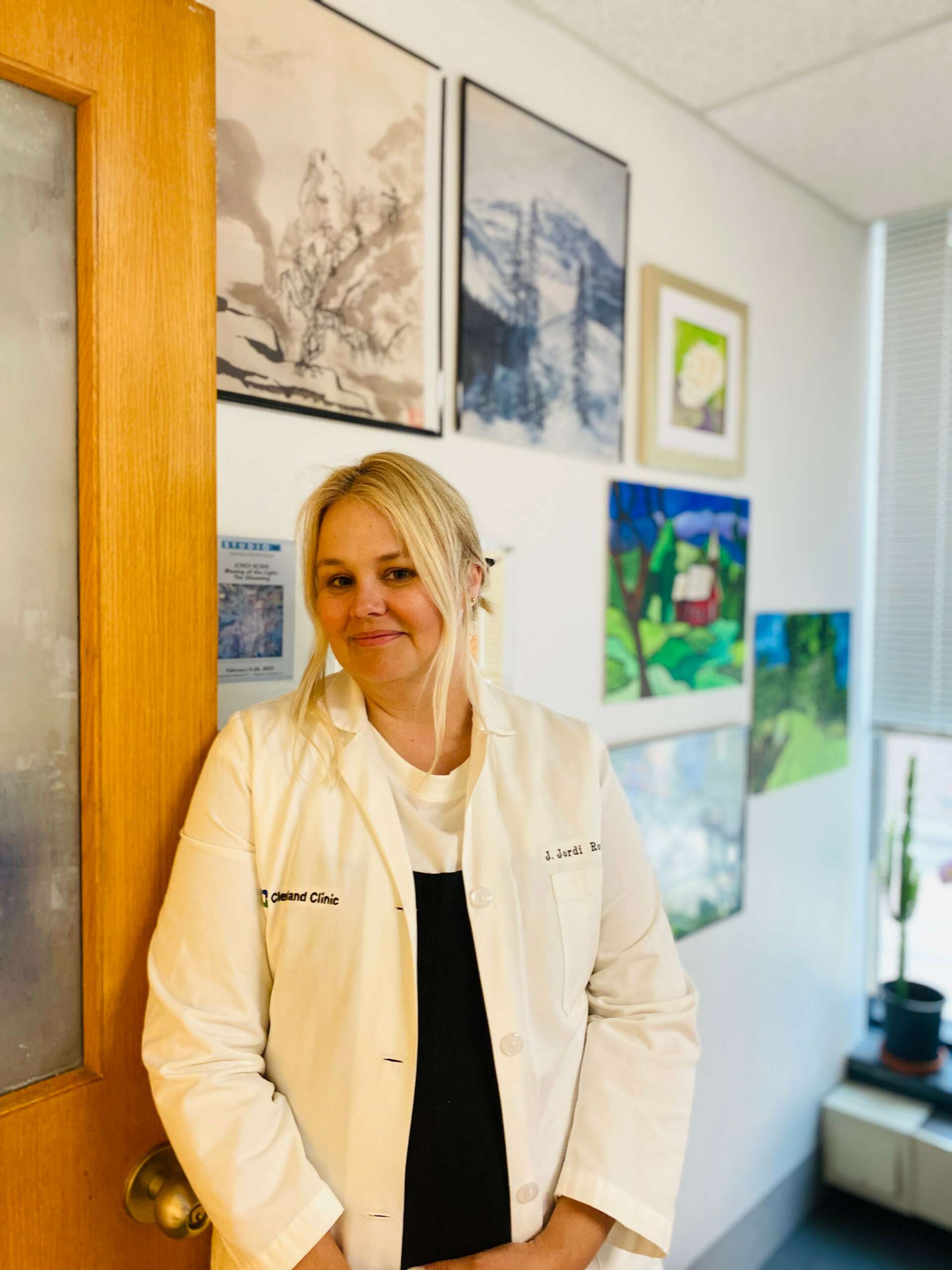Alright – so today we’ve got the honor of introducing you to Jordi Rowe. We think you’ll enjoy our conversation, we’ve shared it below.
Alright, Jordi thanks for taking the time to share your stories and insights with us today. We’d love to hear the backstory behind a risk you’ve taken – whether big or small, walk us through what it was like and how it ultimately turned out.
Recently, I found out how one of my mentors described my entrée into the art community of Cleveland. To paraphrase, she said that I had a unique profile coming to artmaking after having a family and a career in medicine. She further stated that my focus on becoming an artist represented a type of courage and risk-taking that our society often discourages. These comments, from a respected mentor and longstanding member of the art community, made me feel seen. It reminded me that the risk-taking that artists do is constant- it comes with the territory. We take a risk to follow our vocation as artists; we risk vulnerability when we create artwork; we take on financial risk to learn our craft, knowingly accepting that the financial return is unknowable. We risk exposure, burn out, and emotional exhaustion; however, for many of us, the risk is worth the reward. We create and grow. We learn to identify our own personal endpoints as we mature. For me, maturity comes with professional practice and with professional practice is a reduction in risk. When you begin and maintain a studio practice that allows you to create on the regular, when you always strive to learn and adapt your practice to your changing ideas, you are on your way to artist maturity. I am finally well on my way.

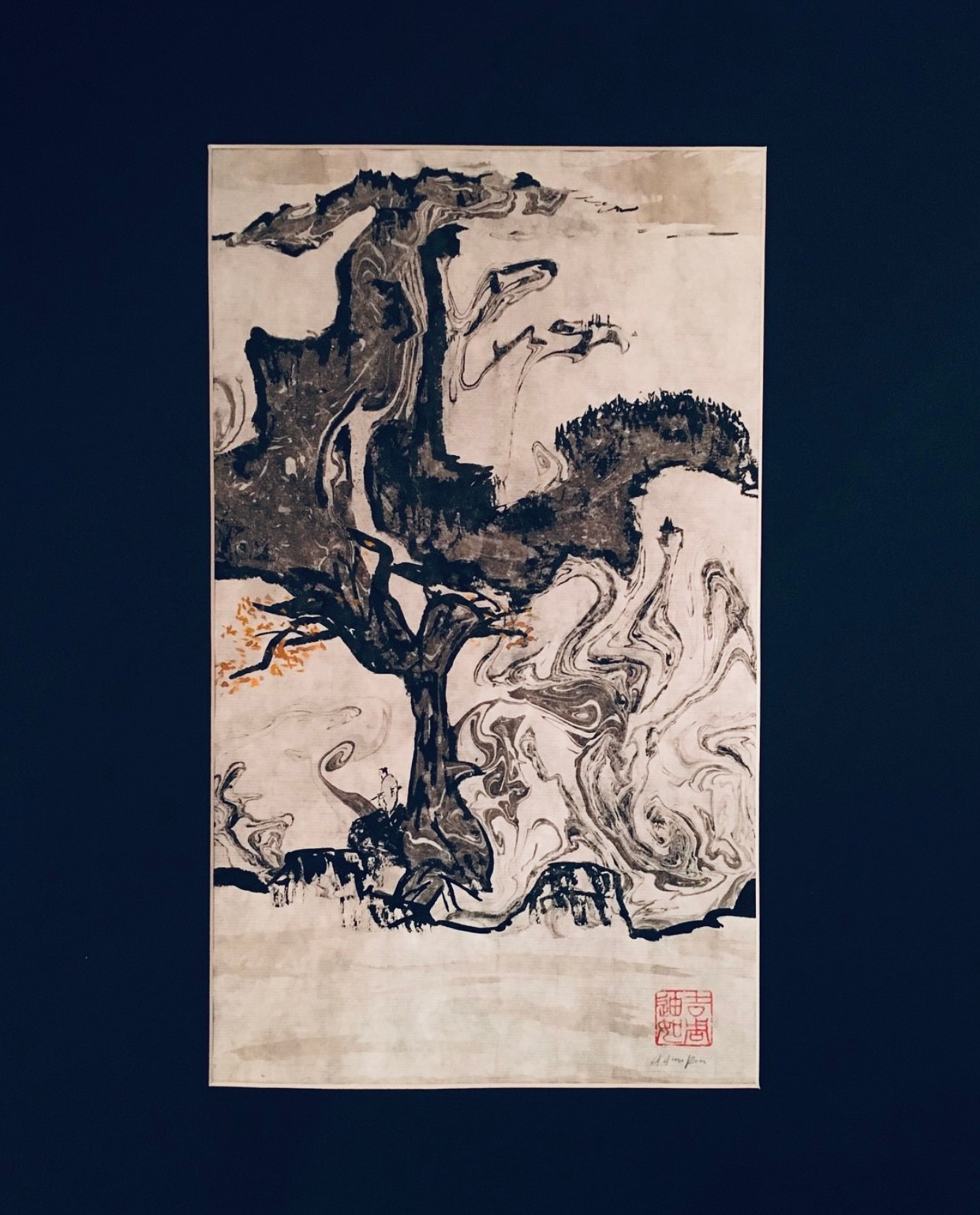
As always, we appreciate you sharing your insights and we’ve got a few more questions for you, but before we get to all of that can you take a minute to introduce yourself and give our readers some of your back background and context?
I once had a studio visit where I was gently told that you couldn’t have it all. You couldn’t be a visual artist, a parent, and have a career. It was implied that something had to give. Hot take- if there’s anything anyone needs to know about me it is this: I rise to challenges, and if the end point is worth the effort, no negative commentary or energy is going to keep me from achieving my goal, no matter how charmingly stated or well-intentioned it may have been. With this mindset, I aimed to integrate into an arts community that was significantly younger than I was and thoroughly more learned in technique. When I first started painting seriously, I painted in ink on rice paper in an illustrative narrative style, a derivative of Chinese landscape paintings. This painting style and process was feasible in hourly increments, which worked with my home-life as a parent and work-life as a physician at The Cleveland Clinic. After finding my place in my art community, I came into my current abstract style. I am ever evolving. My recent work is of abstracted landscapes that immerse the viewer in shared experience. Other than creating art, what fulfills me the most in my studio practice is knowing that I earned my place as a painter in my community, and that my participation within that culture provides value.
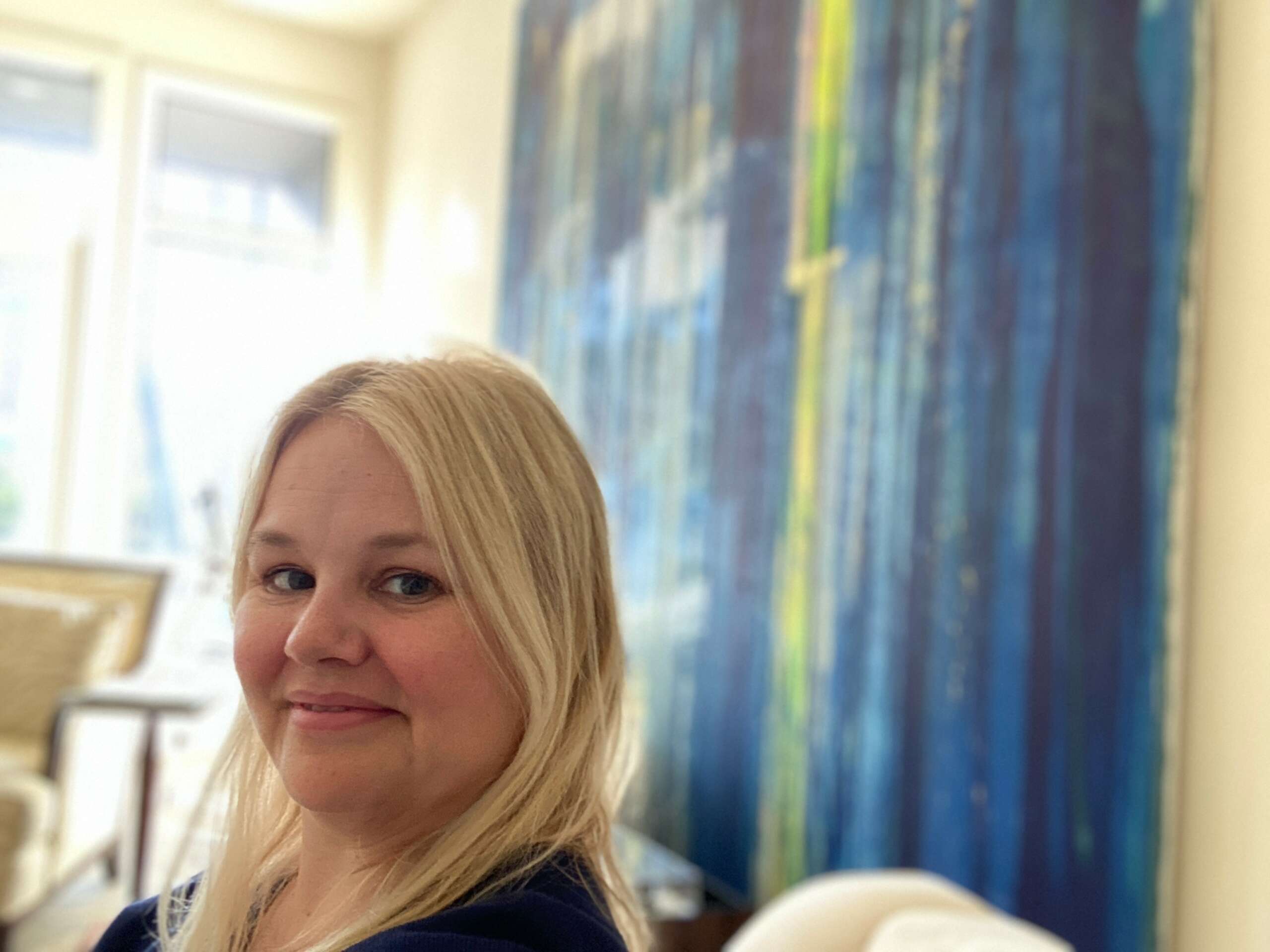

We often hear about learning lessons – but just as important is unlearning lessons. Have you ever had to unlearn a lesson?
It’s funny to think of this now, because when I was younger, it would have never occurred to me that I had to unlearn this lesson, and the lesson was- you don’t have to go at it alone. When you’re young, really young, you think of all the things you would like to do with your life and your career, and it doesn’t occur to you at that time to accept help from others that is being offered willingly. Since my first career is in medicine, it is important to note that the paradigm of going at it alone is common and crucial to the practice. Recognizing this is of value, as it contrasts nicely with the paradigm of being a maker. Although physicians consult with each other as colleagues regarding differentials, in the end, each physician treats each patient individually. As a practitioner of medicine, there is less sense of community, as it is always a one-to-one relationship with your patient. Not so in art. As a maker, there is a one-to-one relationship with your art practice, but each piece created is not meant to be enjoyed and experienced by only one other person. There is no ‘patient’ in art; there is an audience. In fact, there is an entire process that involves community- studio visits, critiques, jurists, curators, mentors, gallerists, other artists, in addition to your audience. For me, in order to be successful in my journey as a visual artist, I had to learn to integrate as part of a community. I am fortunate that in my city, the arts community is a diverse and vibrant place that accepts newcomers with open arms. My struggle was how to identify this community and then feel comfortable interacting within it
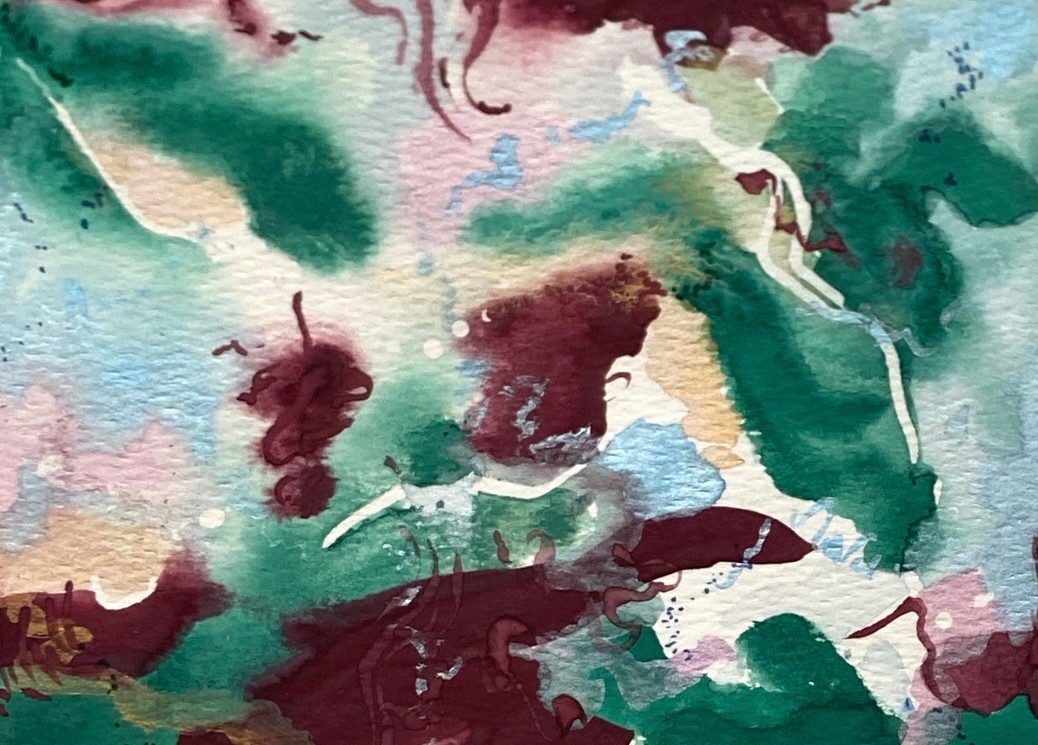
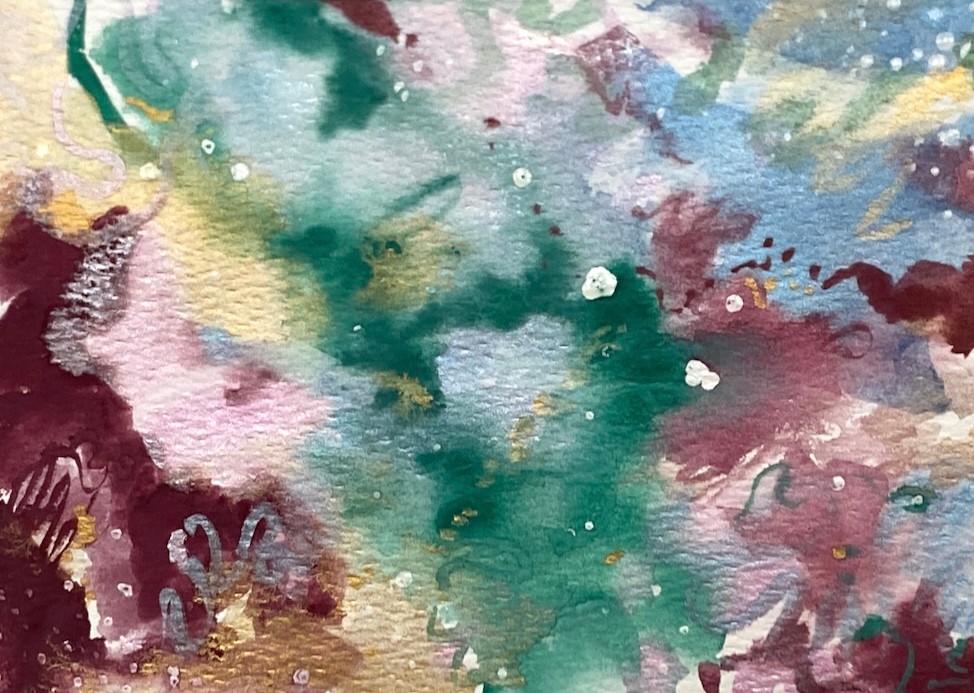
What’s the most rewarding aspect of being a creative in your experience?
Without seeming blasé, the most rewarding aspect of being an artist is being an artist- a maker, a creator of things that brings creative value and culture to others. Simply being able to ideate and execute an idea so that others can critique, appreciate and view it, is an amazing skill. The vulnerability creating art requires and the energy we give as artists to our work is underappreciated. In ways, it is so rejuvenating and rewarding to be a creative. And that must be true, as artists are rarely remunerated appropriately for the effort that they expend. As there are many artists who create and so few of them are financially recompensed, it stands to reason that there must be an additional thing driving this creative urge and vocation. In Cleveland, a large part of that support for the drive is the Cleveland arts community itself. As a painter and graduate from the Cleveland Institute of Art, I am forever grateful that I have a place to not only create but be seen and belong as a visual artist. Without our arts community, a pivotal component of our professional growth would be hampered, and we as a collective would be poorer. Hence with gratitude I say, to all of the arts community members in Cleveland: thank you for what you do every day to support each other, emerging artists, and our vibrant art scene. We are more than the sum of our parts.
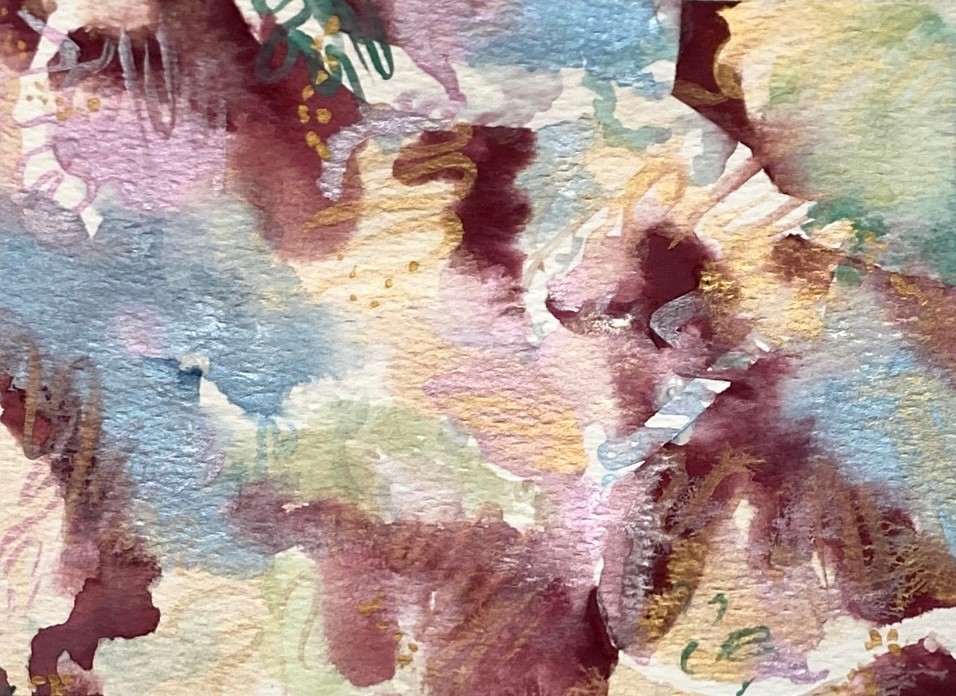
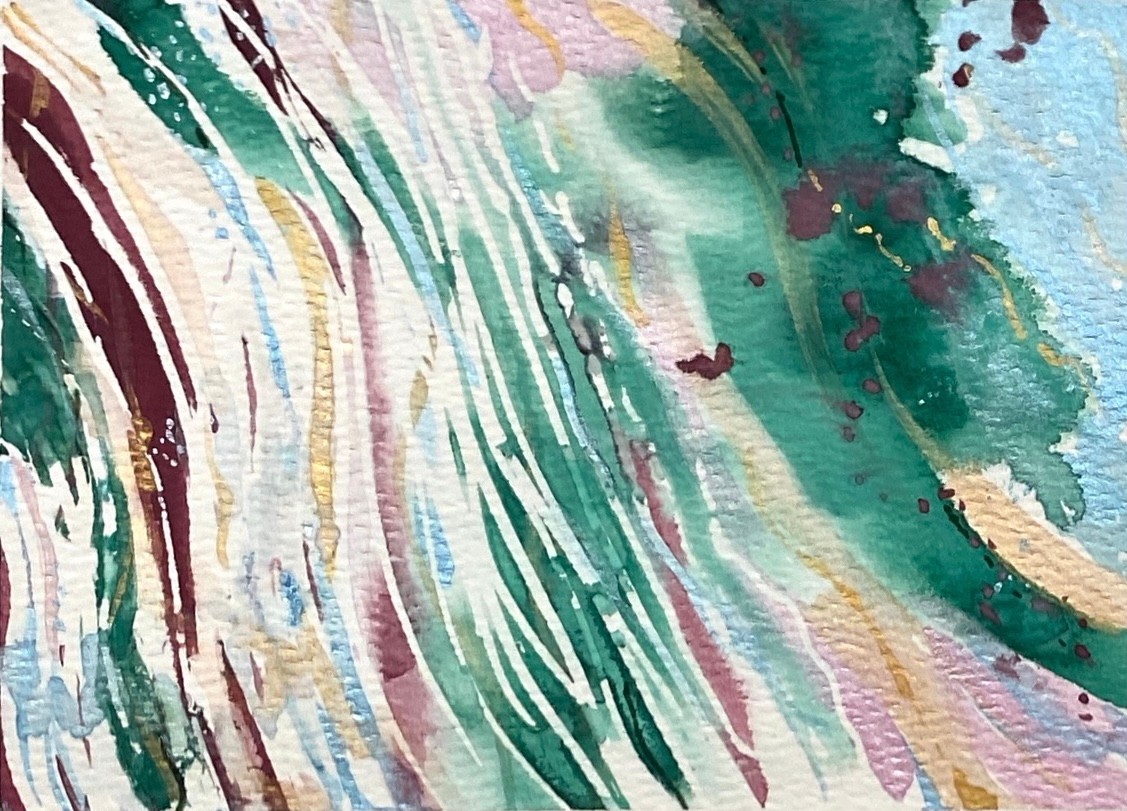
Contact Info:
- Website: https://www.jordirowe.com/
- Instagram: https://www.instagram.com/j.jrowe/
Image Credits
The headshot of me in my white coat is credited to Dr. L. Ashley Duckworth. The remaining photos are credited to me.


